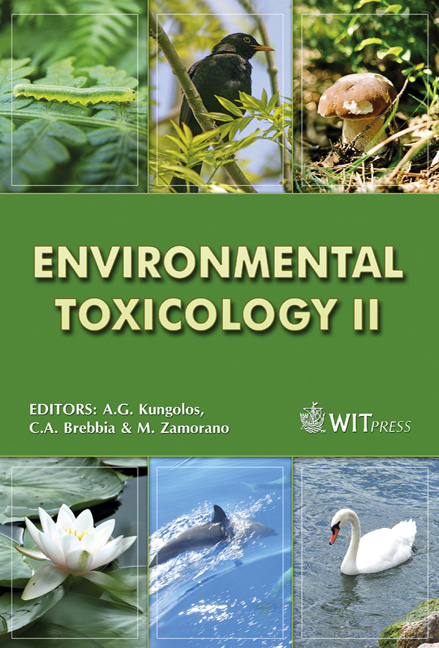Spanish Influenza: Analogue For Potential Ramifications Of Bioterrorism
Price
Free (open access)
Transaction
Volume
110
Pages
10
Page Range
1 - 10
Published
2008
Size
261 kb
Paper DOI
10.2495/ETOX080011
Copyright
WIT Press
Author(s)
K. Duncan
Abstract
During the 20th century, influenza threatened the world in 1918-19, 1957-58, and 1968-69; the latter two pandemics killed a total of three million people. In stark contrast, the Spanish influenza of 1918 killed an estimated 50 million people— even though eighty percent of patients suffered only the usual three- to five-day illness. Twenty percent of all influenza patients developed pneumonia, and half of those died. In North America, the Spanish influenza pandemic serves as a useful analogue for the potential ramifications of a major epidemic caused by one of the serious biological weapons, such as Variola major (smallpox), Bacillus anthracis (anthrax), Yersinia pestis (plague), Botulinum toxin (produced by Clostridium botulinum), and a number of the causative agents of the syndrome termed viral haemorrhagic fever. Although case fatality rates were 1.9-5.0 percent for Spanish influenza, they might reach 30-80 percent for untreated smallpox and anthrax. In Canada, the 1918 influenza pandemic caused 50,000 deaths, widespread social disruption, and enormous burdens on healthcare and civil infrastructure. A catastrophic epidemic resulting from bioterrorism would ‘severely tax society’s ability to care for the sick and dying, and to contain disease.’ Preparations for a bioterrorist attack must therefore include several capabilities—to characterize any outbreak, to allocate health resources fairly, to care for mass casualties, to provide mass burials that respect social codes, and to address psychological impacts. In light of the foregoing, this paper utilizes the 1918 Spanish influenza in Toronto, Canada, as an analogue for the possible impacts of a bioterrorist attack, and makes recommendations for preparedness, safety, and security. Keywords: Spanish influenza, bioterrorism, preparedness, safety, security.
Keywords
Spanish influenza, bioterrorism, preparedness, safety, security





